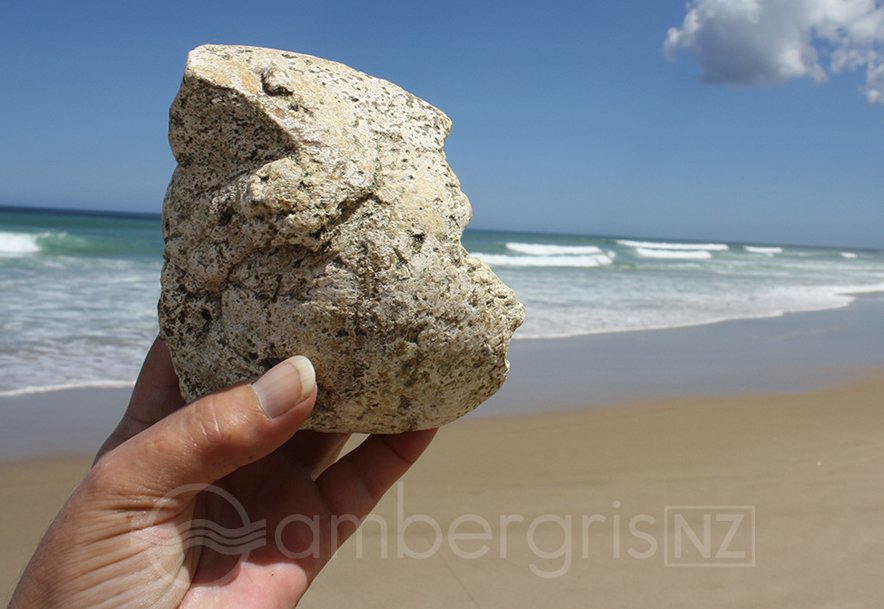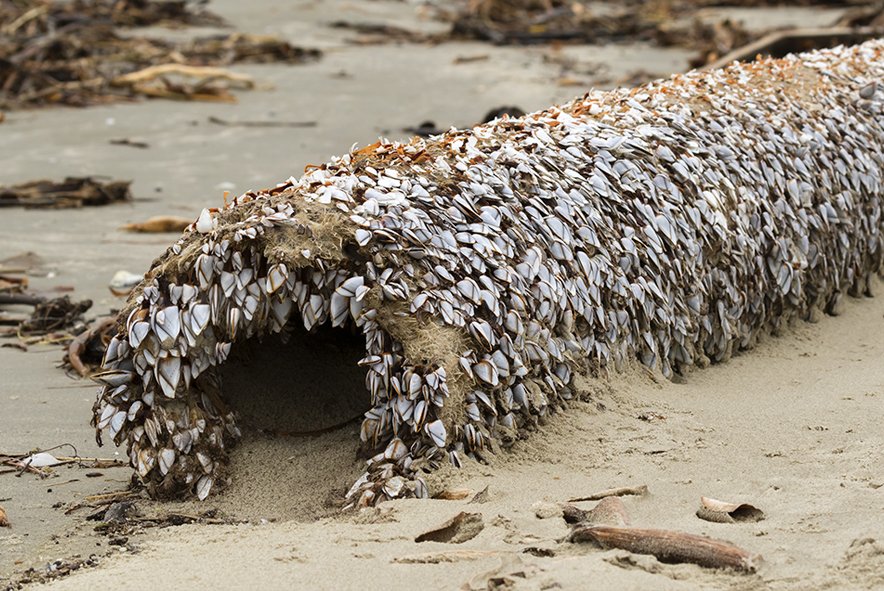- Connect with us
- My Cart $0.00

Over the years; we have been involved with many clients whose successful collection of genuine ambergris has led to happy outcomes. Whether the collected pieces were small or large; people from all walks of life have enjoyed beachcombing rewards leading in some cases to the fulfilment of lifelong dreams, the purchase of long desired items and even funding life saving surgery. Some of the various rewards our clients have been able to enjoy include paying off the mortgage, funding retirement, visiting family overseas, luxury cruises, home renovations, new kitchens, new cars, boats, motorbikes, surfboards, just to name a few. What’s your dream reward? Read more about how to search for ambergris below.

We are often asked which beaches are the best locations to find ambergris. The answer is that ambergris can wash ashore on any beach in New Zealand although it is more commonly associated with the west coast beaches of the north island and the exposed coastline of southern New Zealand and Stewart Island. Once on the beach; you should concentrate the search on the incoming tide line or the last high tide line. Ambergris is relatively light in weight and tends to be pushed up to the high tide mark with the incoming tide. Not all collections are orthodox. There have been occasions where pieces have rolled right up to the feet of paddlers or fishermen in the shallows and swimmers who have collided with pieces while in the ocean. Visit our Identification page to learn more about how to recognise ambergris. You can also go to our Buy Ambergris Page and purchase a small piece to use as a guide for identification.

Ambergris can be found at any time of the year and any season. To improve your odds; one of the best times to search for ambergris is during or immediately after bad weather and storms. Storms with their strong onshore winds bring more ocean flotsam to shore and increase the chances that ambergris will also find its way to the beach. If you notice that there are a lot of items which have come ashore from the open sea like fishing buoys, bottles or wood with barnacles on them, then this can indicate that it is a good time to search. High tides and spring tides also create opportunity as the stronger currents push more flotsam to shore. Please also remember that these conditions are more treacherous and we recommend caution for inexperienced beachcombers, especially in remote areas.

The vast majority of ambergris pieces collected will lose weight. If pieces have just emerged from the ocean; they may be very damp/moist and will begin to lose weight on reaching the beach. The most dramatic weight loss will often occur in the first 24 -48 hours once the piece is collected from the outdoors and moved to a warmer, drier environment indoors. An industry standard is to consider that 10% of the original collected weight will be lost although this percentage is by no means a guide for a beachcomber with their individual find. Pieces may lose as little as 1% or less, while losses in excess of 40% are possible in extreme cases and with larger pieces. The initial weight loss occurs primarily as a result of surface moisture but some pieces will continue to lose weight over time, particularly where insufficient curing has taken place in the ocean.

Ambergris is a natural material and is also best left to dry out naturally. Do not keep ambergris wrapped or sealed in plastic or in a closed/sealed container. The fragrance of even the finest quality piece can be adversely affected if it is kept sealed, especially when first collected. Moisture from the ocean and outdoor environment can be trapped in small crevices on the surface making pieces damp or moist at first and even allowing mold to develop in the worst cases. It is also best if ambergris is kept away from other powerfully scented items. It should also not be put in direct sunlight (it can melt). It can initially be kept in an open container (bucket or cardboard box) with an open lid or in an open paper bag to allow for air circulation.
